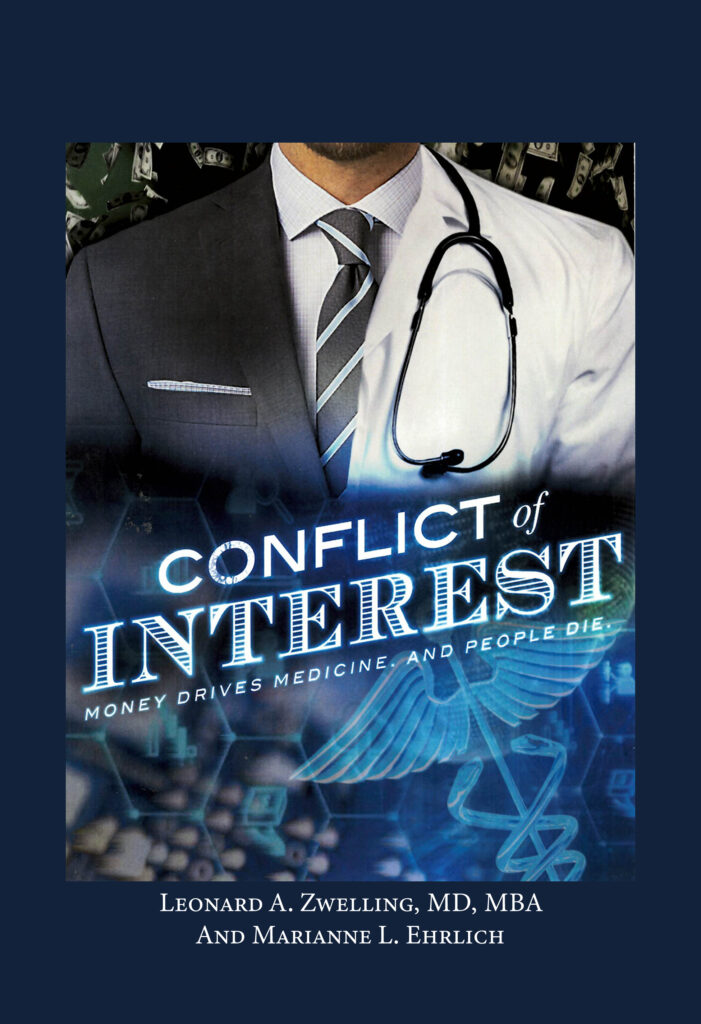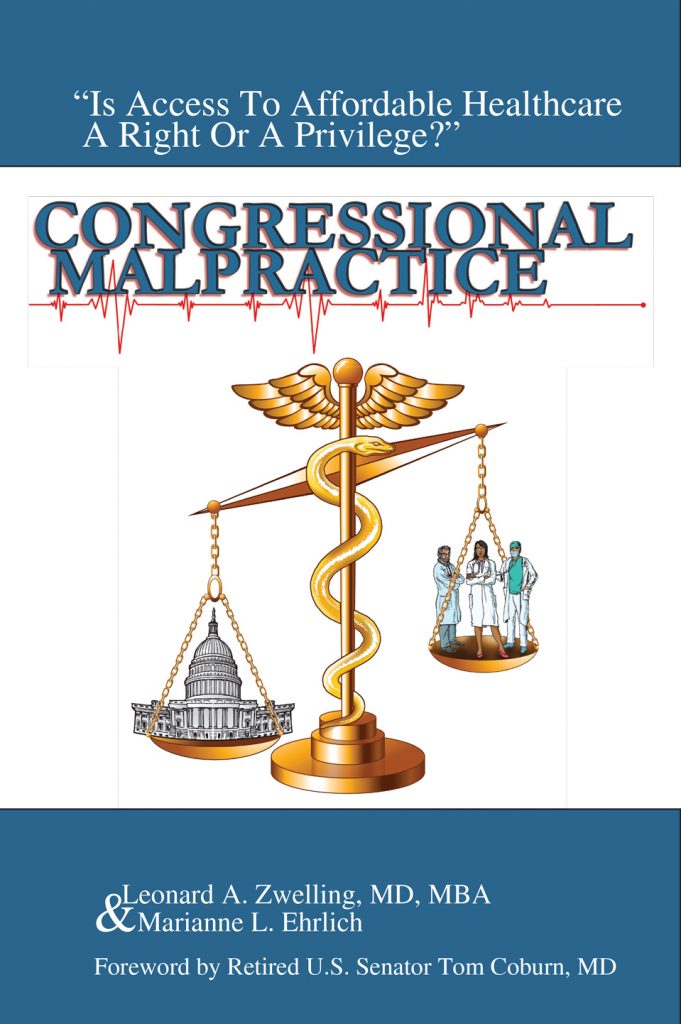Take Shelter
By
Leonard Zwelling
In this 2011 film by Jeff Nichols, Michael Shannon plays a
man haunted by visions of a coming storm of Biblical proportions. So worried is
he about this pending doom that he builds an elaborate storm shelter and when a
storm brews, he and his family take to it. At this point, his visions of a
bleak future have so concerned his family and his community that he is labeled
mentally unstable, just like his schizophrenic mother. Finally wife Jessica
Chastain coaxes him to open the shelter and they find that a small storm has
passed leaving minor destruction and a bright sunny day in which to clean up
the small degree of mayhem. Nothing apocalyptic occurred.
They then go on a psychiatrist-prescribed beach vacation
with the clear understanding that upon returning, the Shannon character still
needs a great deal of therapy to overcome his bizarre end-of-times visions.
(SPOILER ALERT COMING).
At the beach, their deaf daughter looks up into the ocean
and sees the very vision the Shannon character had feared all along complete
with water spouts and a tsunami. Now who’s crazy? The end!
This small, intricate film went largely unnoticed and, just
like the visions, unheeded. If there was ever a character in a film with whom I
could relate, this was it.
For many years I have been cautioning those in power at MD
Anderson, that the profligate building and hiring would lead to a fixed cost
burden that at some point would not be sustainable by any amount of clinical
revenue. This became more likely as the amount of money Anderson took in per
encounter dropped (as has everyone else’s in medicine) and clearly Anderson was
on the extreme right side of the biphasic economies of scale curve such that
Anderson was probably losing money with each additional patient seen as the
costs to see the patient were rising faster than the revenue generated. If you
want to know why the leaders are pushing the faculty to see more patients,
remember the faculty are a fixed cost only to be balanced out by increases in
the variable revenue (i.e., more patients, x-rays, lab tests, etc) per unit of
fixed cost (people and buildings). The only variable costs at MD Anderson are
IV poles, Band-Aids and perhaps growth factors, antibiotics and anti-nausea
meds.
Much like the Shannon character, I have been labeled a
little whacky and an alarmist. After all, Anderson was doing great, right?
After September 15, 2008, and the bite taken by Wall
Street’s fall on the non-operating revenue of Anderson right after a real storm
(Hurricane Ike), my hypothesis did not seem so crazy any longer.
You would have thought that ducking that bullet by the hair
that Anderson’s leaders did, and considering that none of the financial people
lost jobs, you would hope they would have learned from the near death
experience. Not exactly.
Anderson is still spending like a drunken sailor and once
again expecting the clinical faculty to keep up. How smart is that plan?
What is worse, is now everyone can feel it.
Many of you are aware of Maslow’s hierarchy of human needs that
starts with the basic needs for life (e.g., food) and moves up a triangle to
the highest level called self-actualization. Just above food and sex is safety
and shelter, including safety in employment. I believe this very basic human
need has been threatened within the rank and file of MD Anderson and the
organization in which I currently work as well, by meanness, insensitivity,
incivility and a generalized sense that the ground on which people are working and
walking is in constant flux coated by egg shells.
If the work force members of an organization cannot trust that doing
a good job guarantees their continued employment, one of the Maslow’s
fundamental principles of human need is being institutionally violated and will
preclude the sense of belonging that is the next level on the Maslow hierarchy.
The work force will never approach the individual and collective
self-actualization that is needed to achieve true excellence. The work force no
longer thinks of itself as part of a greater whole. They are in it for
themselves. Sounds like the state of American (and certainly Texas) politics,
too.
The leadership for whom I worked at Anderson always thought
I was a Chicken Little claiming the sky was falling. Then, it fell after I was
in DC. (I hope that wasn’t cause and effect). The current leadership appears no
better and the resultant fear and lack of safety and shelter that teems through
the veins of the work force is obvious and destructive.
There is no simple solution to this Maslow pyramid-mediated
quandary that haunts so many American institutions from Congress to academic
medicine. But the only way out is leadership and right now that is in very
short supply on either side of the Potomac and, in medicine, the storm is brewing.
Call me crazy, but……




